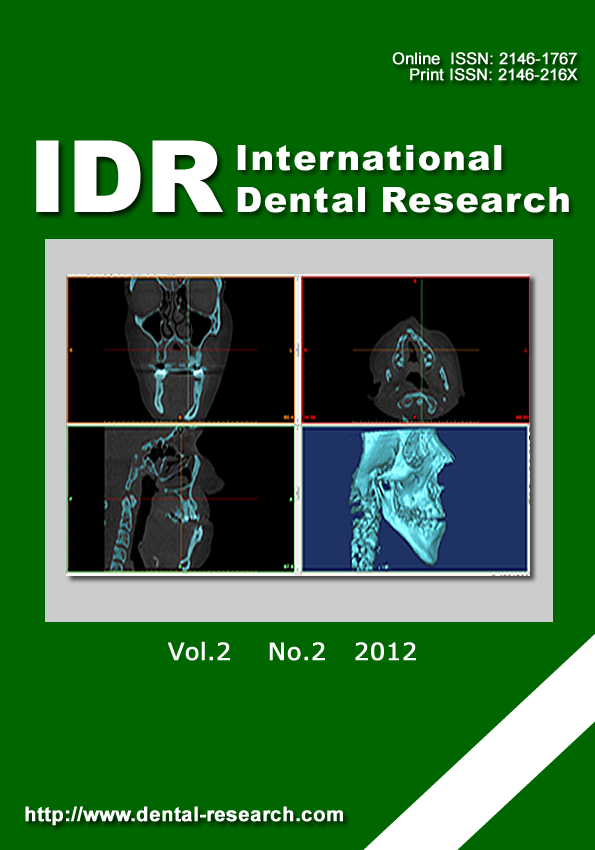Clinical Evaluation of the Use of Mini-Implants to Replace Congenitally Absent Maxillary Lateral Incisors: A Short-Term Study
Abstract
Aim: The aim of this study was to evaluate the treatment outcome of immediately restored mini-implants with a diameter of 2.5 mm one year after their use for rehabilitation of congenitally absent maxillary lateral incisors.
Methodology: A total of 30 mini-implants (narrow ridge 2.5) were inserted in 23 patients (13 females, 10 males) with a mean age of 21.6 years (range: 16–38 years) at the implant center of Damascus University. The implants replaced congenitally absent maxillary lateral incisors. All implants were immediately restored with a non-functional provisional acrylic crown. The abutment part of the implant was prepared before crown cementation. The ceramic permanent crown was placed after three months. A health implant scale was chosen to evaluate implant success. A periapical standard X-ray was taken immediately upon bonding of the temporary crown as well as after one year of loading. Proximate bone loss was measured using Canvas 9 (ACD, 2004).
Results: No implant was lost; thus, the one-year implant survival was 100%. Optimal survival was 93.6%. A statistically significant mean marginal bone loss was observed between baseline and 12 months (mesial: 1.06 ± 0.55 mm; distal: 1.05 ± 0.53 mm).
Conclusion: A high one-year survival rate was documented for management of congenital missing maxillary lateral incisors using immediately loaded mini-implants, and these implants therefore provide a good alternative treatment option.
How to cite this article: Alharissy M, Dayoub S. Clinical Evaluation of the Use of Mini-Implants to Replace Congenitally Absent Maxillary Lateral Incisors: A Short-Term Study. Int Dent Res 2012;2:27-32.
Linguistic Revision: The English in this manuscript has been checked by at least two professional editors, both native speakers of English.
Full text article
Authors
This is an Open Access article distributed under the terms of the Creative Commons Attribution 4.0 International License (CC BY 4.0), which permits unrestricted use, distribution, and reproduction in any medium, provided the original work is properly cited.

